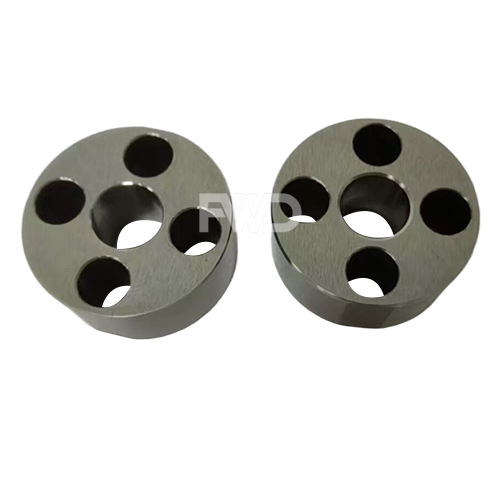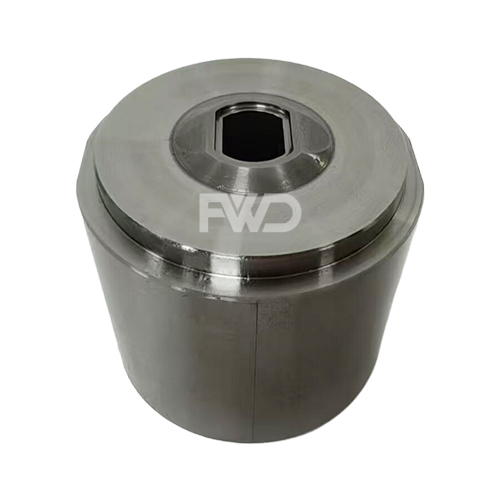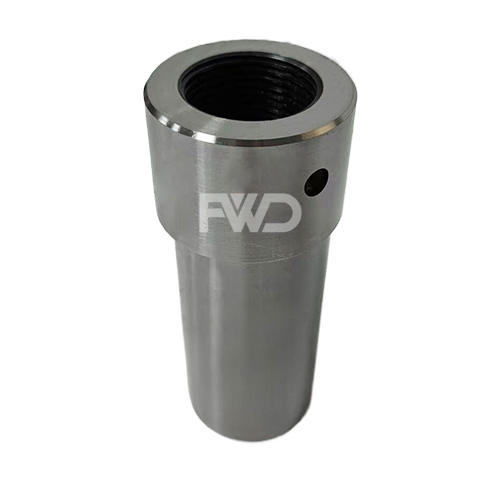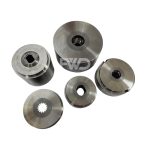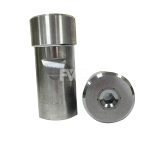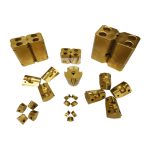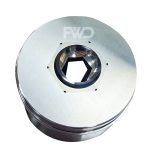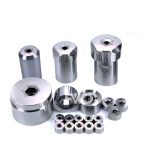Cold Heading Molds
High precision: Precision machining and heat treatment ensure that the mold has good dimensional stability and can produce metal parts with precise dimensions.
High efficiency: High-quality Cold Heading Molds can improve production efficiency, reduce processing time, and increase the output of the production line.
Reduce costs: By improving production efficiency and extending the service life of molds, energy consumption and production costs can be reduced, and the economics of production can be improved.
Good surface quality: Cold Heading Molds can produce metal parts with smooth surfaces and no burrs, improving the quality and appearance of the product.
Strong customizability: According to different production needs, Cold Heading Molds of different shapes and sizes can be customized to meet the production requirements of different products.
Applications of Cold Heading Molds
Electronics industry: used in the production of connectors in electronic products, such as screws, nuts, connecting rods, etc. in mobile phones, computers, household appliances, etc.
Machinery industry: used to produce fasteners and connectors in various mechanical equipment, including engineering machinery, agricultural machinery, mining equipment, etc.
Construction industry: used to produce bolts, screws, nuts and other connecting parts in building structures, including steel structures, bridges, stairs, handrails, etc.
Aerospace industry: Fasteners and connectors used in the production of aircraft, rockets, and aerospace devices are crucial to the quality and safety of aerospace products.
Home appliance industry: used in the production of components in home appliances, such as fasteners and connectors for air conditioners, washing machines, refrigerators, etc., to ensure the stability and durability of the products.
Development Trend of Cold Heading Molds
High wear resistance: The cold heading mold will be severely worn during long-term use, so it needs to have higher wear resistance to extend the service life of the mold.
Intelligence: Introduce intelligent manufacturing technology, such as sensor monitoring, data collection and analysis, etc., to realize intelligent management and maintenance of Cold Heading Molds, and improve production efficiency and quality stability.
Energy saving and emission reduction: By optimizing the cold heading process and mold design, energy consumption and material waste are reduced, production costs are reduced, and green manufacturing is achieved.
Customization: According to the individual needs of customers, we customize Cold Heading Molds to provide more professional and precise solutions to meet the production requirements of different industries and products.
Multifunctionality: Develop multifunctional Cold Heading Molds to form metal parts of various shapes at one time, improving production efficiency and process flexibility.
Material innovation: Develop new cold heading mold materials, such as new high-speed steel, superhard alloy, etc., to improve the wear resistance, strength and toughness of the mold.
Processing technology innovation: Develop new processing technology, such as CNC machining, laser manufacturing, etc., to improve the processing accuracy and efficiency of Cold Heading Molds and promote the progress and development of cold heading technology.
FAQ of Cold Heading Molds
Order Process

